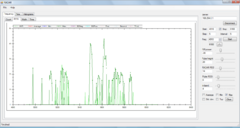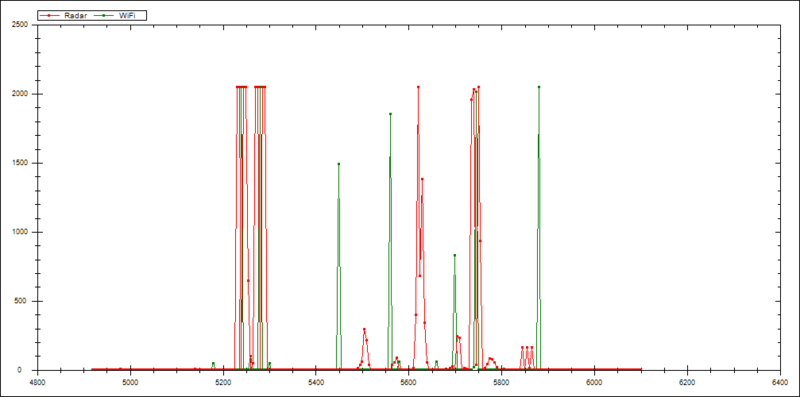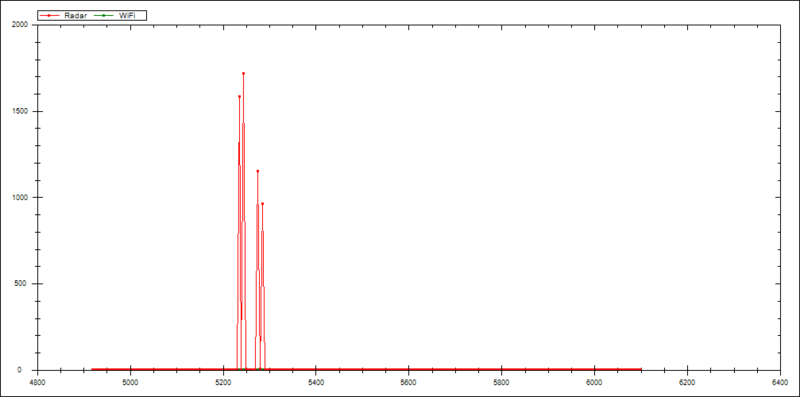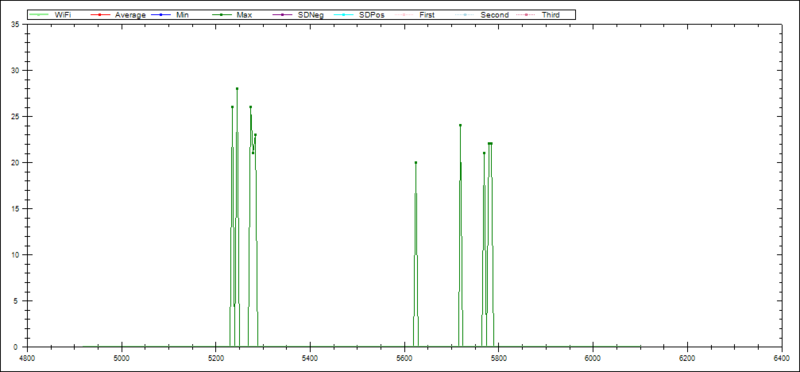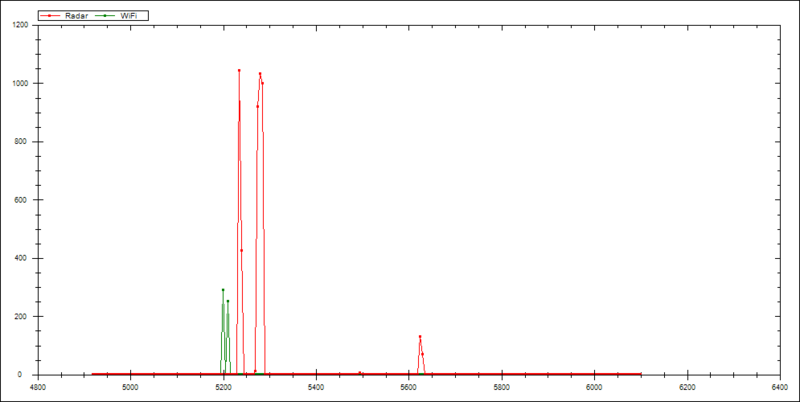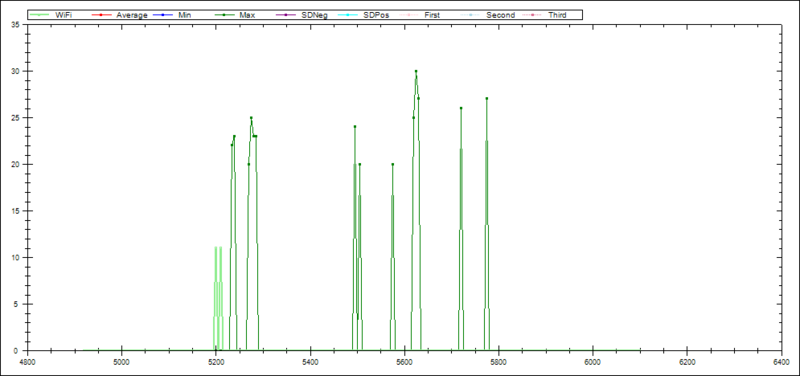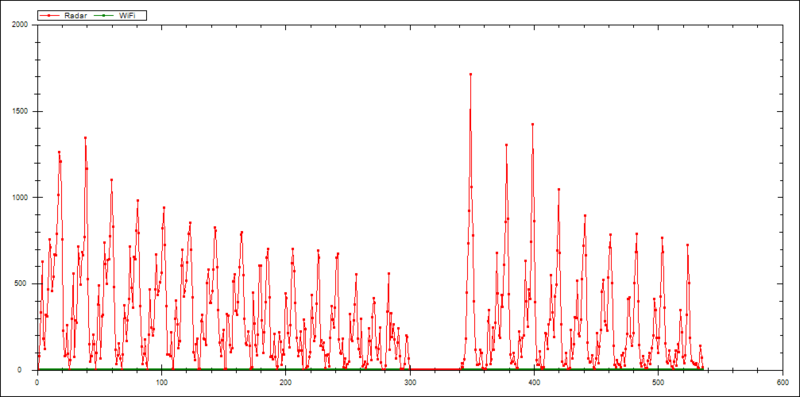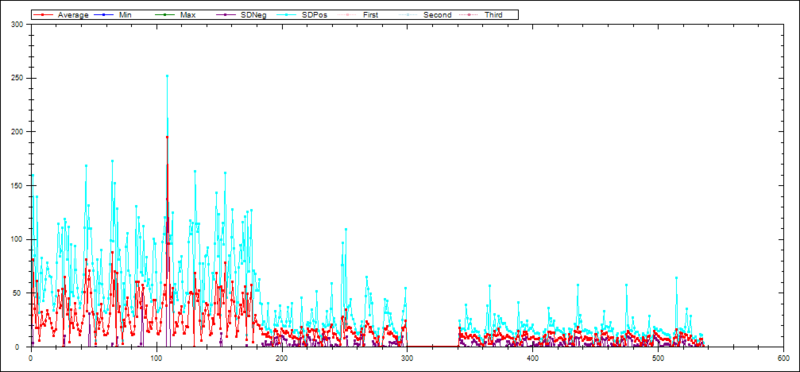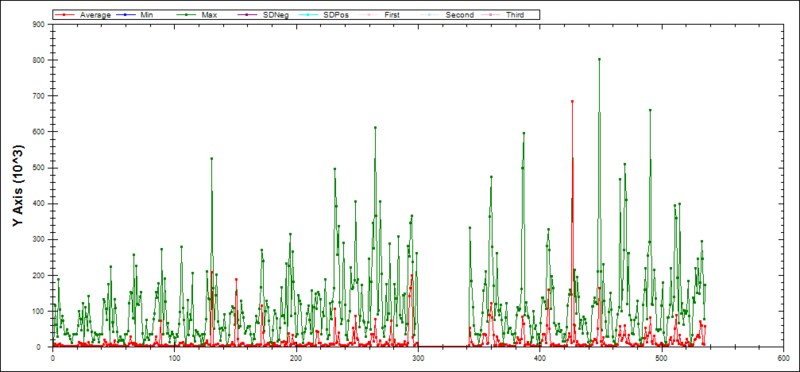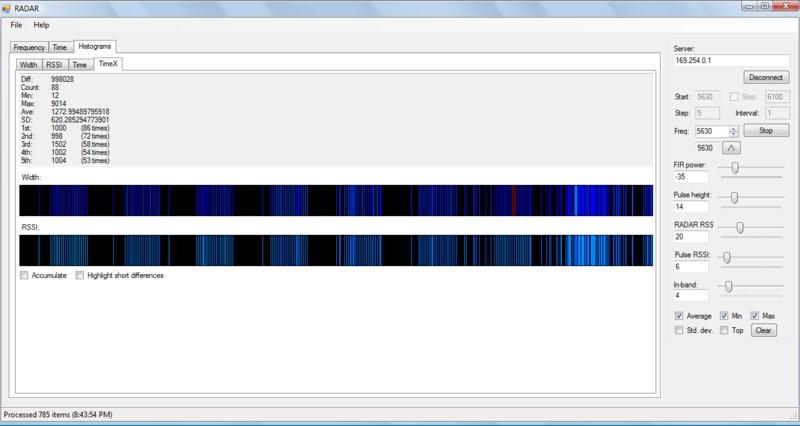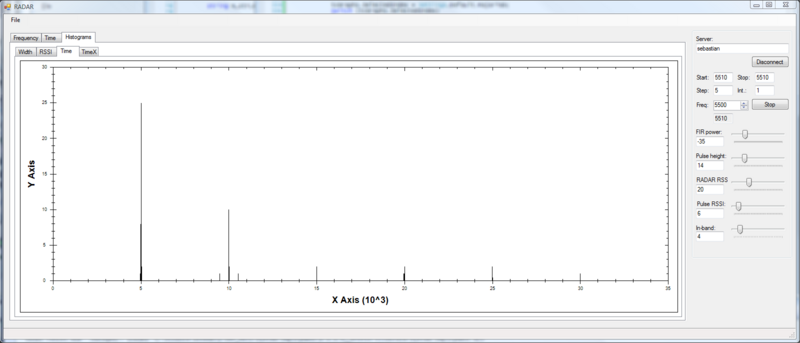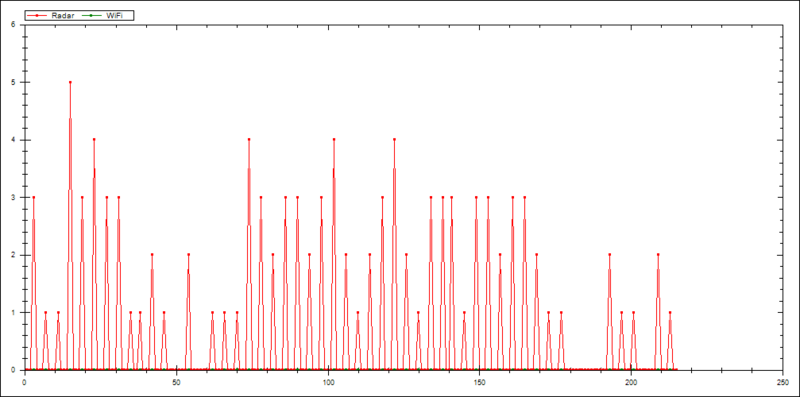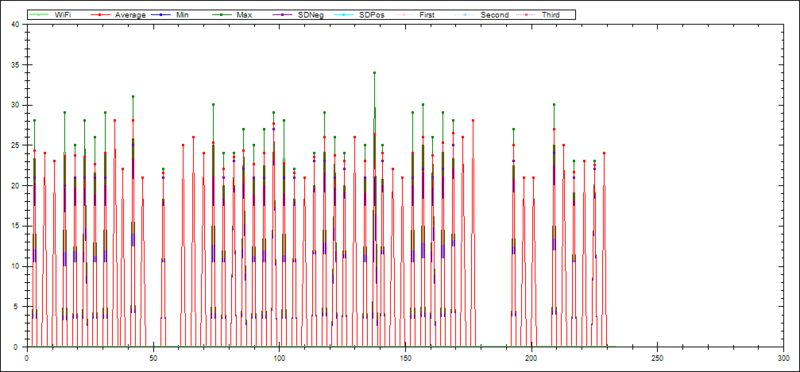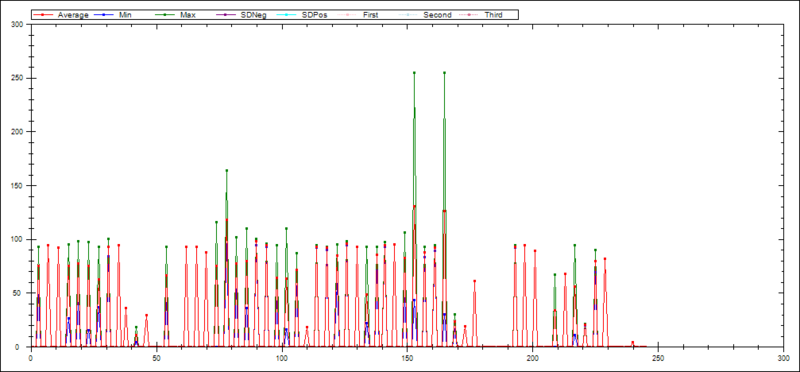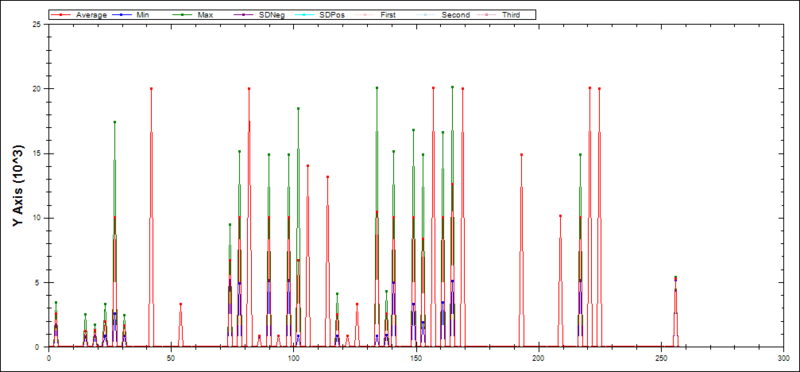Difference between revisions of "RADAR"
From SpenchWiki
(→Kurnell Weather RADAR: Photo) |
(→Kurnell Weather RADAR: Faux-thumb around photo & RFMap/BoM links) |
||
| Line 36: | Line 36: | ||
=== Kurnell Weather RADAR === | === Kurnell Weather RADAR === | ||
| − | * | + | * Registered as a Bureau of Meteorology Weather RADAR: http://www-cluster.bom.gov.au/inside/oeb/radar/sydney.shtml |
| − | <html>< | + | * Registered on [http://maps.spench.net/rf/#pos=-34.0127168,151.2241832&zoom=14&type=hybrid&auto_fetch=true&clustering=true&cluster_level=17&site=11386&filter=%5B%7B%22freq%22%3A5500000000%2C%22freq_range%22%3A600000000%7D%5D&q=4.9-6.1ghz RFMap]: |
| + | ** 5.625 GHz (1.1 MHz bandwidth at 250 kW) | ||
| + | |||
| + | <html> | ||
| + | <div class="center"><div class="thumb tnone"><div class="thumbinner" style="width:642px;"> | ||
| + | |||
| + | <a href="http://gallery.spench.net/v/BorAir/IMG_0124.JPG.html" target="_blank"> | ||
| + | <img src="http://gallery.spench.net/main.php?g2_view=core.DownloadItem&g2_itemId=20553&g2_serialNumber=4" /></a> | ||
| + | |||
| + | <div class="thumbcaption"><div class="magnify"><a href="http://gallery.spench.net/v/BorAir/IMG_0124.JPG.html" target="_blank" class="internal" title="Enlarge"> | ||
| + | <img src="/skins/common/images/magnify-clip.png" width="15" height="11" alt="" /></a> | ||
| + | </div>Photo taken from the air while flying down Victor One | ||
| + | |||
| + | </div></div></div> | ||
| + | </html> | ||
| + | |||
| + | * Following data was received on ~5500/~5600 MHz | ||
* One can infer the rotation rate of the RADAR by examining the difference in time, especially in the 'Counts' (number of reported RADAR PHY errors) over time: | * One can infer the rotation rate of the RADAR by examining the difference in time, especially in the 'Counts' (number of reported RADAR PHY errors) over time: | ||
Revision as of 11:01, 24 January 2012
Contents
[hide]DFS with ath5k
- With a view to Dynamic Frequency Selection powered by RADAR PHY errors reported to the driver.
Visualisation of RADAR activity
- Patched ath5k driver reports PHY error details to userspace via debugfs.
- Python daemon on Linux collects details, sweeps frequency ranges on-demand, and reports details to any connected client over the network.
- .NET GUI visualises legitimate WiFi packets and RADAR errors over frequency/time, plots histograms of pulse width, RSSI distribution, time between pulses, and draws time-series graphic to help uncover repetition rate within a sample of pulses.
Spectrum Sweep
20MHz channel width
- Notice how RADAR errors are reported either side of a legitimate WiFi channel:
10MHz channel width
- No WiFi operating at this channel width:
5MHz channel width
- Some WiFi operating at this narrow channel width:
Kurnell Weather RADAR
- Registered as a Bureau of Meteorology Weather RADAR: http://www-cluster.bom.gov.au/inside/oeb/radar/sydney.shtml
- Registered on RFMap:
- 5.625 GHz (1.1 MHz bandwidth at 250 kW)
- Following data was received on ~5500/~5600 MHz
- One can infer the rotation rate of the RADAR by examining the difference in time, especially in the 'Counts' (number of reported RADAR PHY errors) over time:
- Average RSSI decreases a little in each 'transmission section' (separated by the pause in-between), however decrease is most noticable in the maximum value per sample-group:
- Not sure why the distribution of widths changes later (was this when my laptop was knocked off its perch by the wind?!):
- Whatever the change above, it is also reflected here:
- 1kHz PRF
- You can see that the five highest bins (which hold counts for the distinct times between detected RADAR pulses) have values of ~1000. The time-series plot shows the regular repetition:
- 5kHz PRF
- As above, however this time it's ~5000:
- This is also reflected in the time-between-pulses histogram:
ISM
- Indoors, the sweep looks quite different:
- Notice the significant response at 5800MHz. Could this be DECT nearby?
- Examing the time-series plot of RSSI for 5800MHz clearly shows a regular, repeating group of pulses (not as apparent due to the colouring on the width plot as the pulse widths seem to be changing moreso, however the time-between pulses is identical):
5140MHz
- No idea what this is, however it appears rather regular (also note the regular pauses between groups of RADAR errors):
| ||||||||||||||||||||||||||||||||||||||||||||||||||||||||||||||||
